In the early days of automotive design, simplicity and functionality were the cornerstones of vehicle controls. One such feature, the pull knob for headlights, combined practicality with ease of use. The design choice not only reflects the technological constraints of its time but also leaves a lasting impact on the evolution of car controls.
The Evolution of Car Controls
Early Automotive Design Simplicity
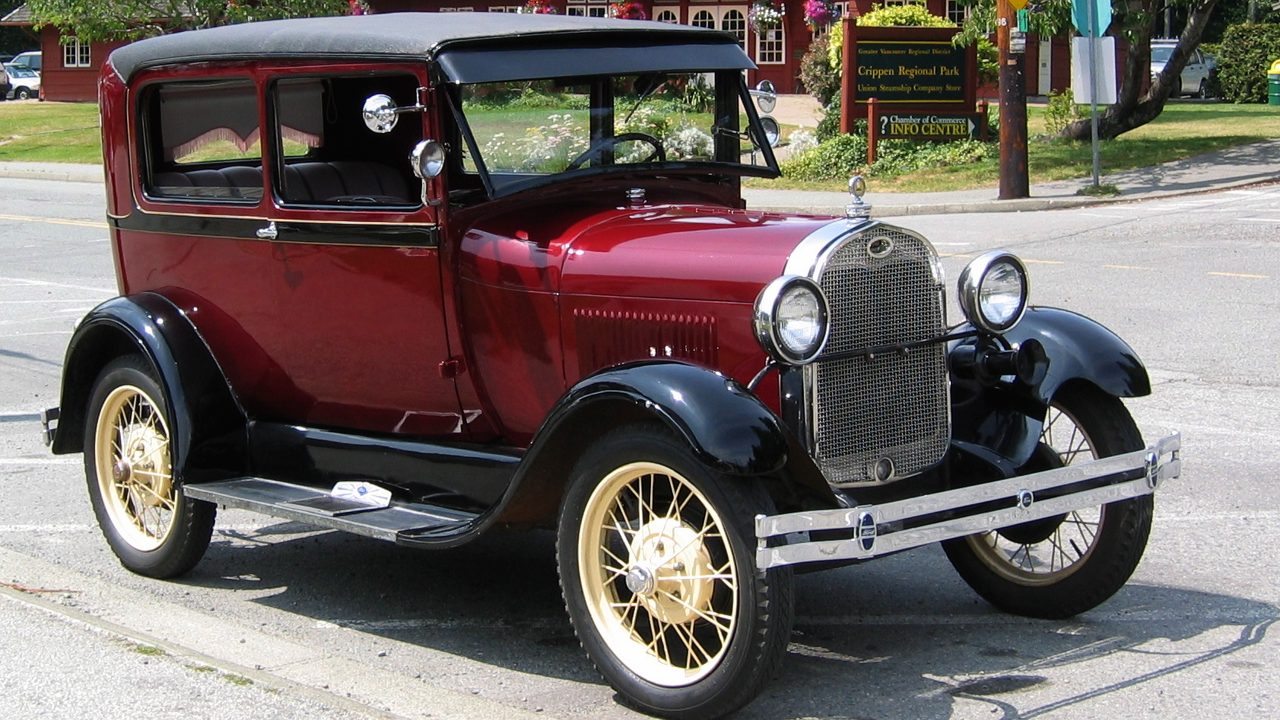
In the infancy of the automobile industry, vehicles were designed with a focus on functionality and minimalism. Given the limited technology available, car designers prioritized simple mechanisms that were easy to understand and operate. At this time, cars were often equipped with rudimentary controls, and the emphasis was on practicality rather than luxury or comfort.
As automotive technology progressed, cars began transitioning from purely mechanical systems to more complex electrical systems. This shift was driven by a desire to improve vehicle reliability and performance. However, the initial electrical systems in vehicles were relatively basic, which meant that controls remained simple and straightforward, with features like pull knobs fitting comfortably within this paradigm.
Technological Constraints of the Time
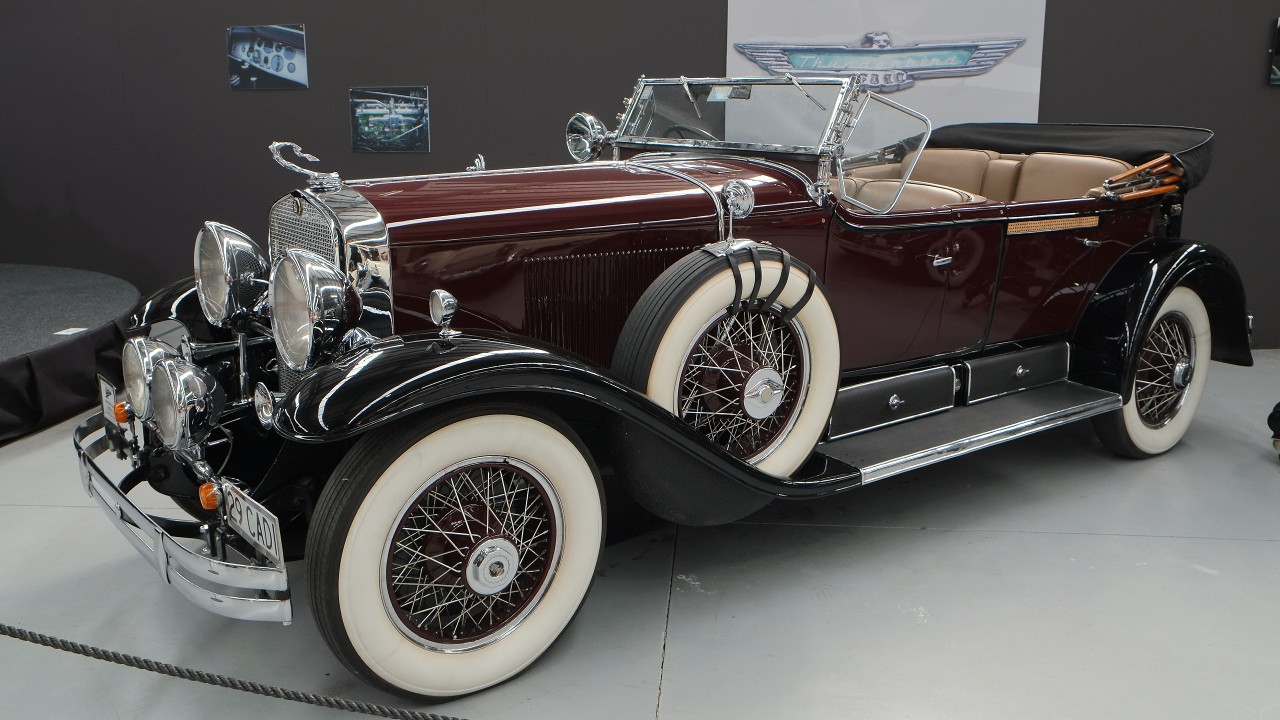
The limitations of early electrical systems played a significant role in shaping the design of car controls. At the time, electrical reliability was a concern, and systems needed to be both robust and easy to repair. Pull knobs for headlights were a practical solution given these constraints, as they offered a straightforward mechanical action that was less prone to failure than more complex systems.
Pull knobs were favored for their reliability and ease of use. Drivers could easily engage and disengage the headlights with a simple pull or push action, reducing the likelihood of user error. This design choice was particularly important in an era when road infrastructure and street lighting were not as developed as they are today, making dependable vehicle lighting essential for safety.
Why Pull Knobs Were Used for Headlights
Ease of Manufacturing and Cost Efficiency
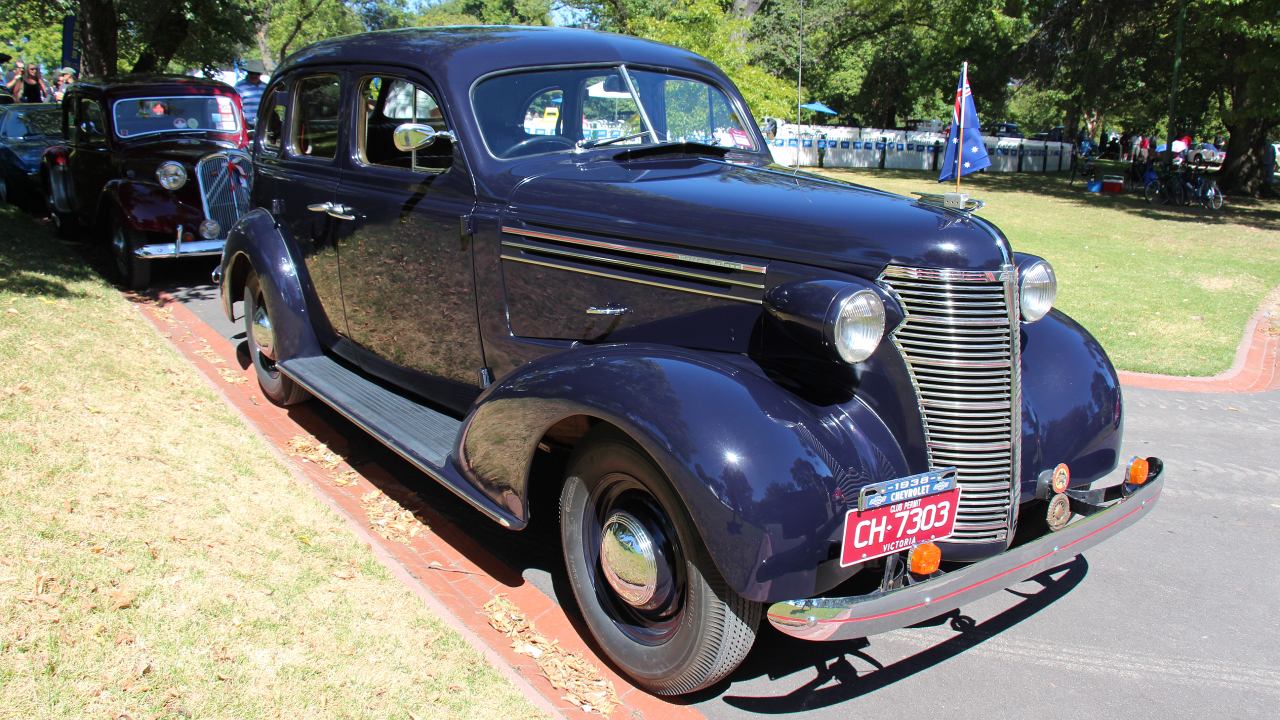
From a manufacturing perspective, pull knobs were cost-effective to produce and install. The simplicity of the design meant that fewer parts were needed, which reduced production costs. In an industry where mass production was becoming increasingly important, such cost savings were highly desirable. Manufacturers could standardize production processes and streamline assembly lines by incorporating pull knobs into their designs.
Moreover, the straightforward design of pull knobs made them an attractive option for carmakers looking to keep vehicles affordable for a growing consumer base. As cars became more accessible to the average person, features that minimized production costs, like pull knobs, played a critical role in the widespread adoption of automobiles.
User-Friendly Design Features

The intuitive nature of pull knobs made them user-friendly for drivers of all experience levels. Unlike more complex controls that required fine motor skills or extensive instruction, pull knobs could be easily operated with minimal effort. This ease of use was particularly beneficial in an era when driver education was less formalized than it is today.
When compared to other contemporary controls, pull knobs offered a straightforward user experience. While some vehicles featured more intricate controls, these were often less intuitive and required more attention from the driver. The ability to quickly and easily control the vehicle’s lighting with a pull knob offered a level of usability that appealed to many drivers.
The Transition to Modern Headlight Controls
Shift to Electronic Control Systems

As the automotive industry advanced, so too did the technology underpinning vehicle controls. The development of more sophisticated electronic systems enabled car manufacturers to move away from mechanical controls like pull knobs. This shift was driven by the desire to integrate more features into the vehicle’s dashboard, offering drivers a more seamless and aesthetically pleasing experience.
With the rise of integrated dashboard controls, pull knobs began to fall out of favor. These new systems provided additional functionality and allowed for greater customization, which was not possible with the simpler mechanical systems of the past. The transition to electronic controls paved the way for innovations such as automatic headlights, further enhancing the driving experience.
Safety and Ergonomics in Modern Design

Modern safety standards and ergonomic design principles have also influenced the evolution of headlight controls. Today’s vehicles are designed with a focus on minimizing driver distraction and maximizing comfort, which has led to more sophisticated control systems that integrate seamlessly with other vehicle features.
While pull knobs are now considered outdated, their influence can still be seen in the emphasis on intuitive and accessible design. The legacy of the pull knob era reminds us that effective design is often rooted in simplicity and user-centric thinking.
Nostalgia and the Classic Car Enthusiast
Cultural Impact and Nostalgia
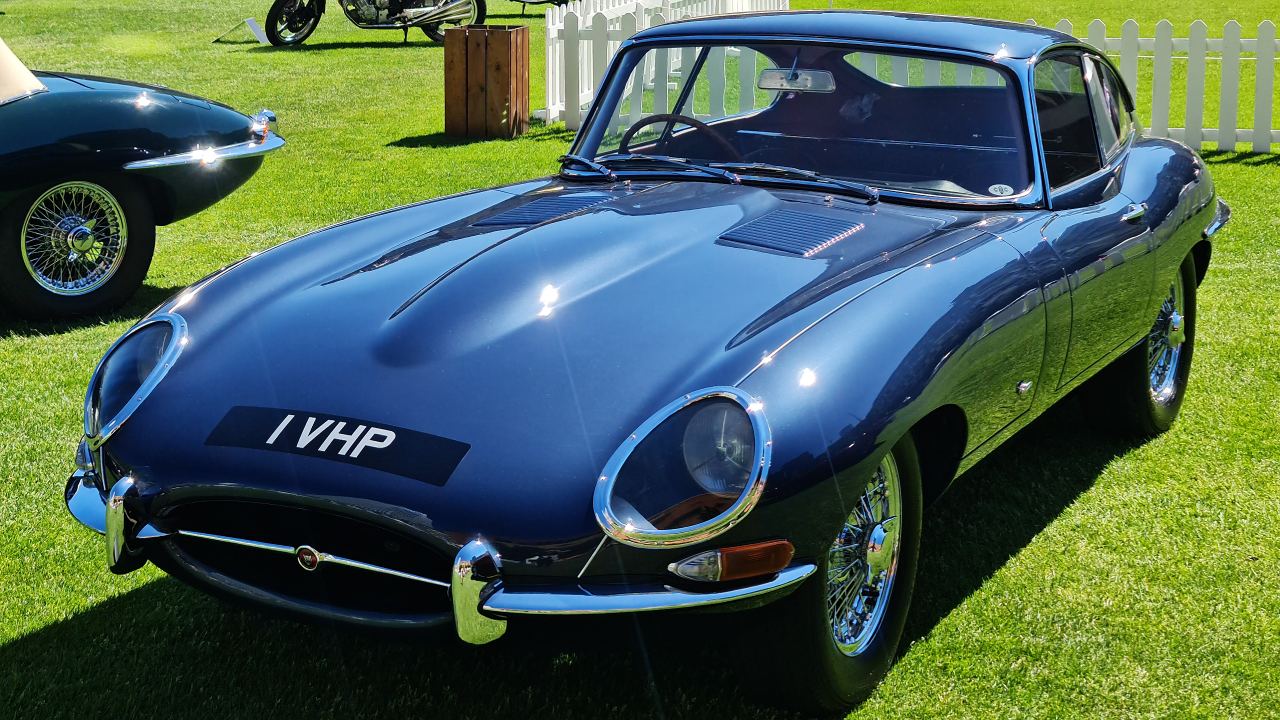
For many, the pull knob is more than just a functional component; it is a symbol of a bygone era in automotive history. Classic car enthusiasts hold a special appreciation for the charm and character of older vehicles, and features like pull knobs are a key part of that allure. The nostalgia associated with these controls is a testament to their cultural significance, as they evoke memories of simpler times and the golden age of the automobile.
Among enthusiasts, the pull knob represents a tangible connection to the past. It is a reminder of the ingenuity and craftsmanship that defined early automotive design.
Restoration and Appreciation of Vintage Cars
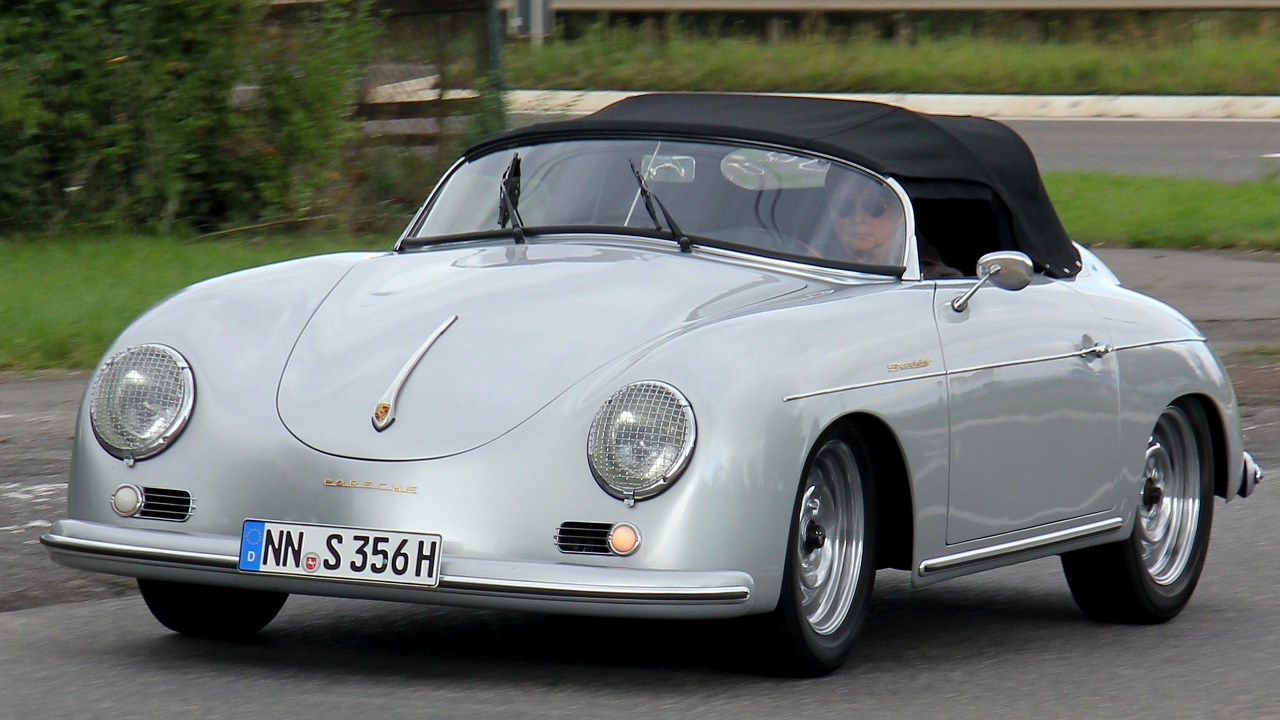
The restoration and preservation of vintage vehicles often involve meticulous attention to detail, with enthusiasts striving to maintain the authenticity of the original designs. Pull knobs play a crucial role in these efforts, as they are an integral part of the vehicle’s historical identity. Restorers value these components for their ability to enhance the authenticity and value of classic cars.
The appreciation for vintage cars and their unique features is a testament to the lasting impact of early automotive design.
Lasting Influence on Automotive Design
Lessons from the Past
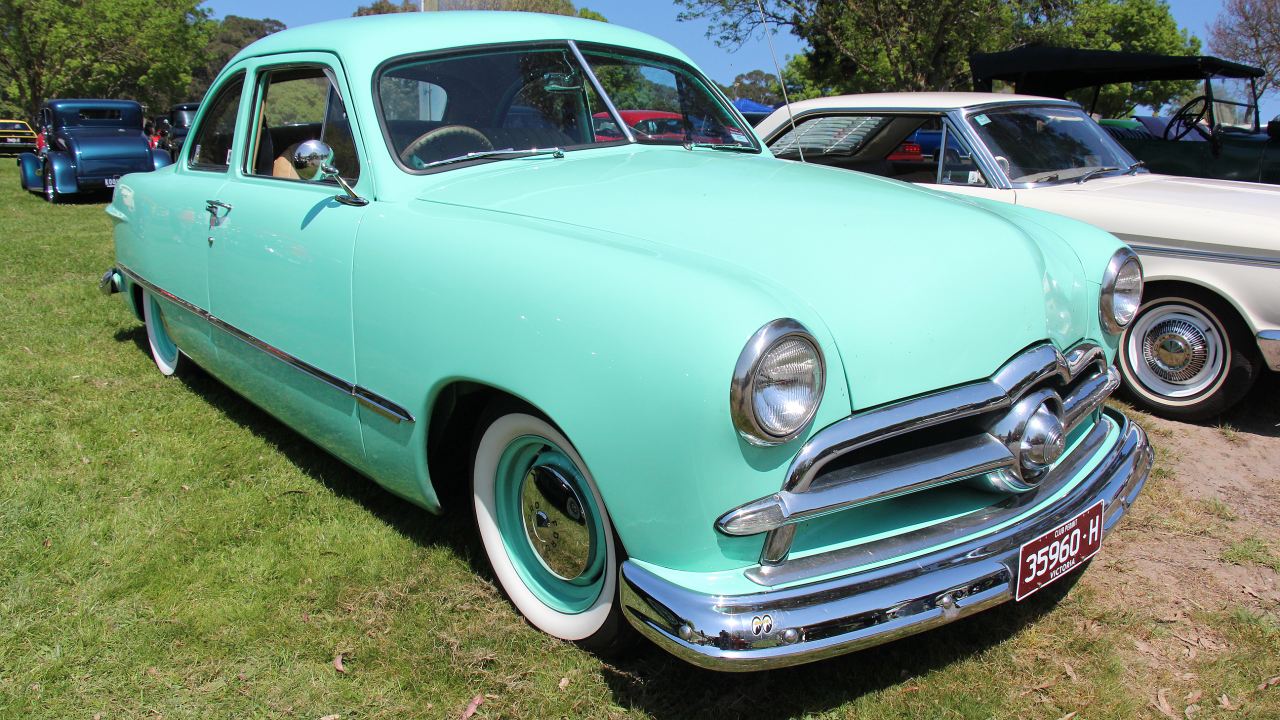
The simplicity and effectiveness of pull knobs have left a lasting mark on automotive design. While modern vehicles have moved on to more complex systems, the core principles of intuitive and user-friendly design remain relevant. In fact, some contemporary vehicles are reintroducing simplified controls that echo the straightforward functionality of pull knobs.
The lessons learned from the era of pull knobs continue to inform modern design thinking. As manufacturers strive to balance innovation with usability, the enduring appeal of simple, effective controls serves as a guiding principle.
The Role of Tradition in Innovation

In the world of automotive design, tradition and innovation often go hand in hand. While new technologies drive the industry forward, there is a growing appreciation for the classic elements that have stood the test of time. Designers are increasingly looking to the past for inspiration, finding ways to incorporate traditional design elements into modern vehicles.
This blending of old and new reflects a broader trend in the industry, where the preservation of classic design elements is seen as a way to enrich the driving experience. As we continue to innovate, the balance between tradition and progress remains a defining feature of automotive design.
Like Fast Lane Only’s content? Be sure to follow us.
Here’s more from us:
*Created with AI assistance and editor review.

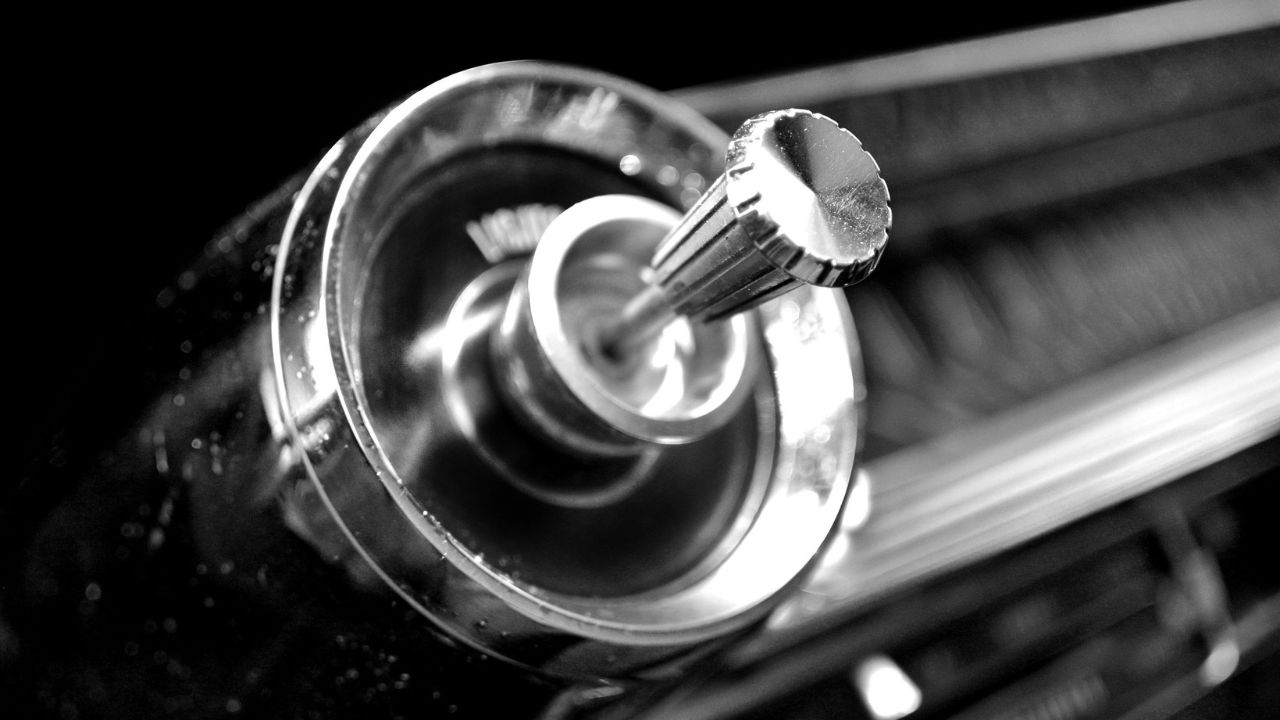
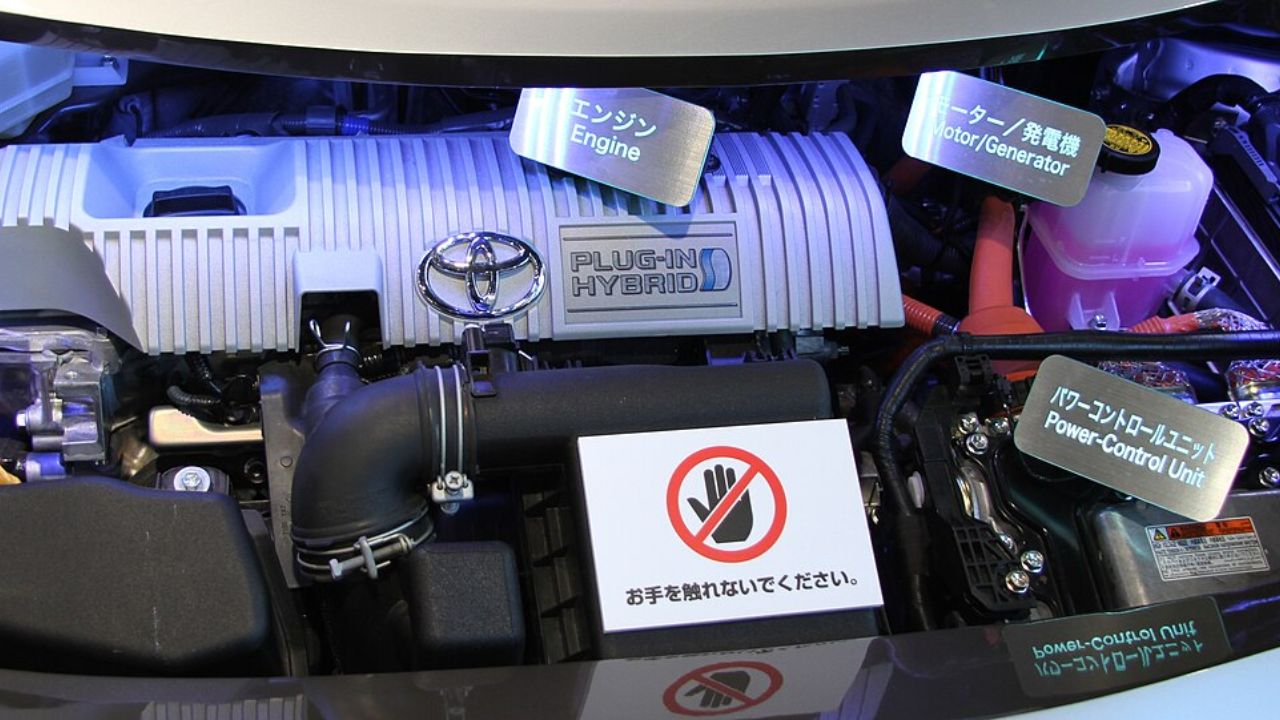

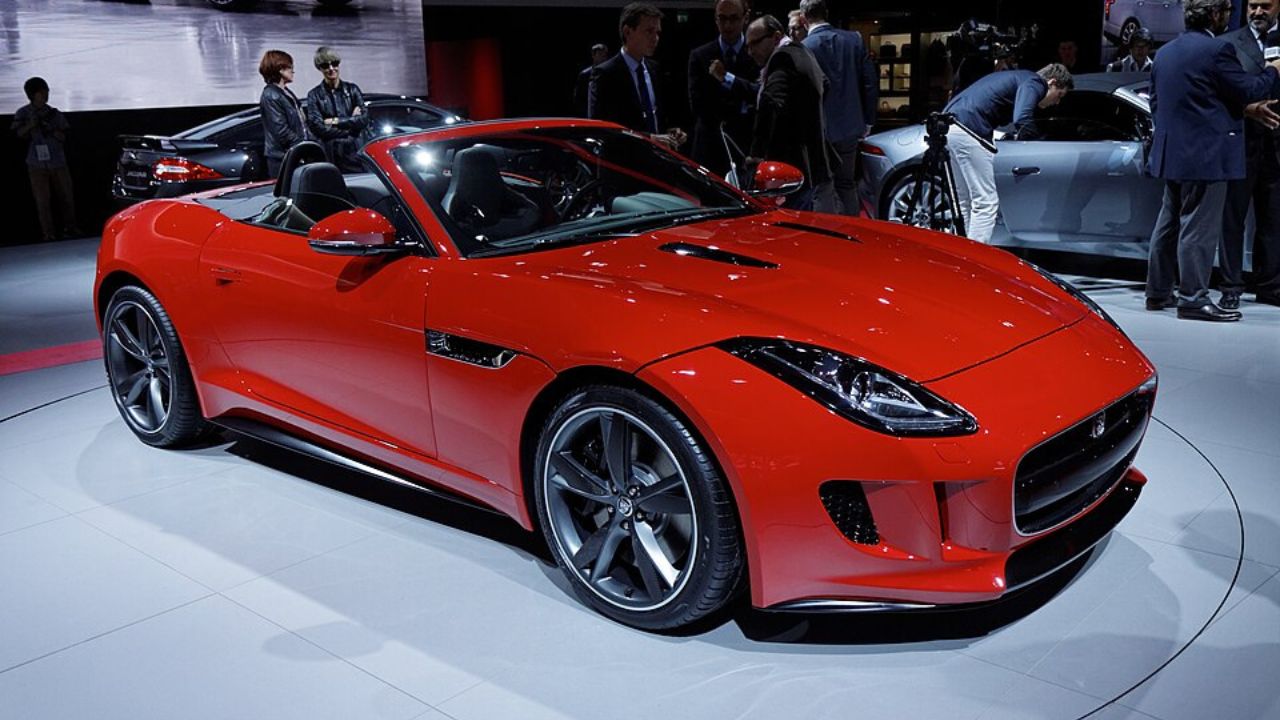
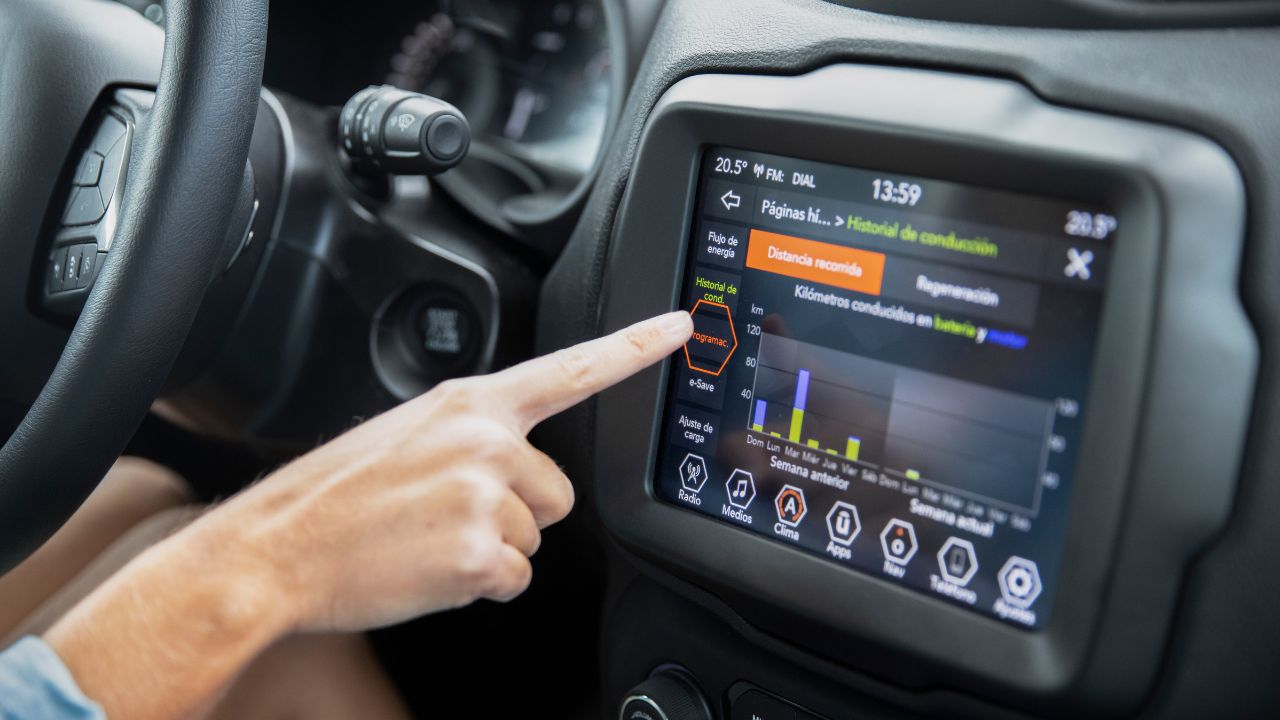
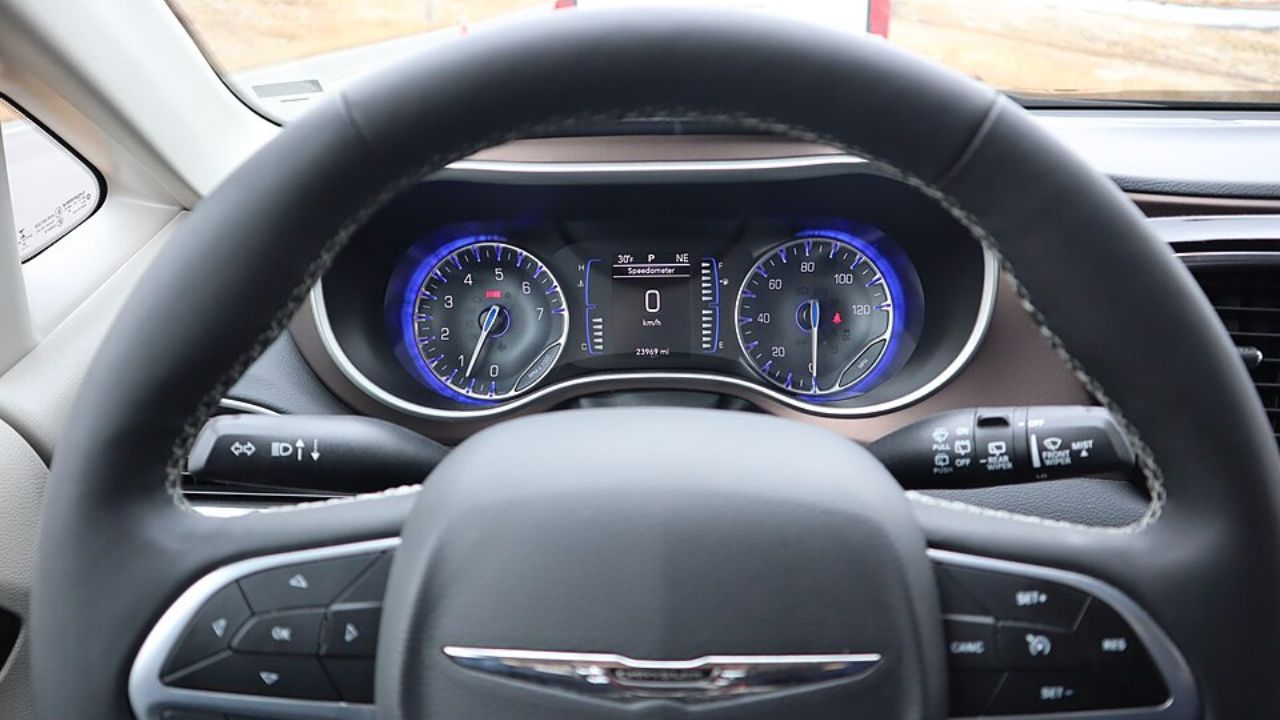
Leave a Reply